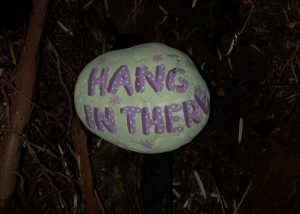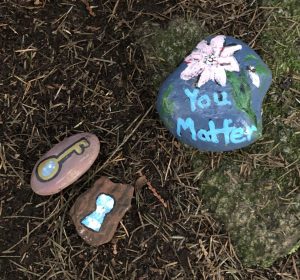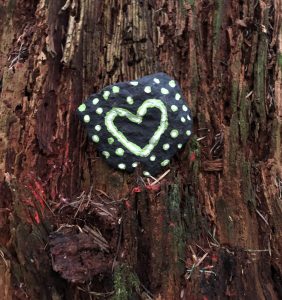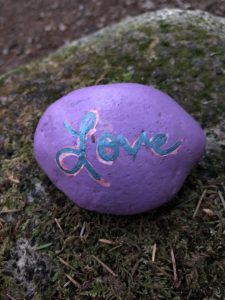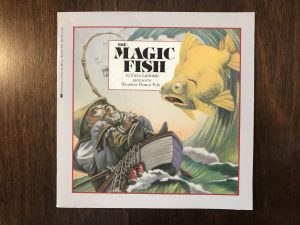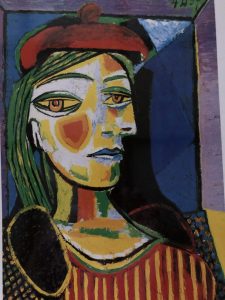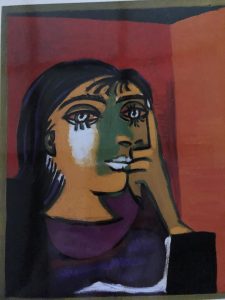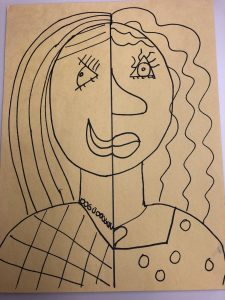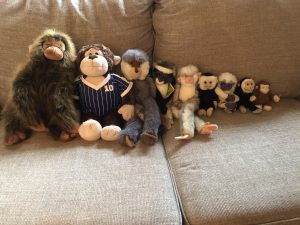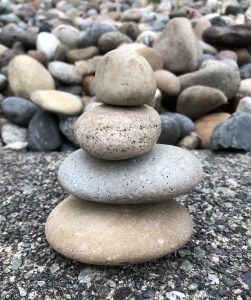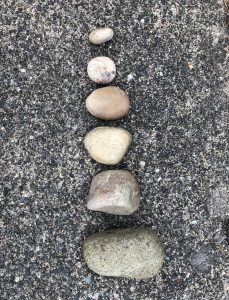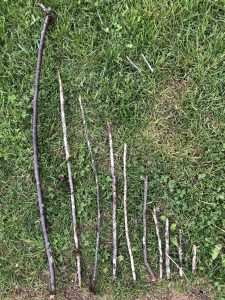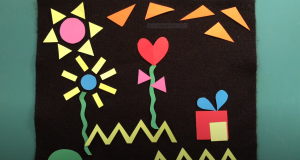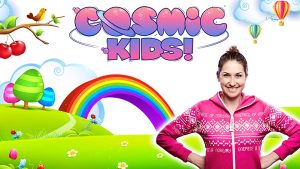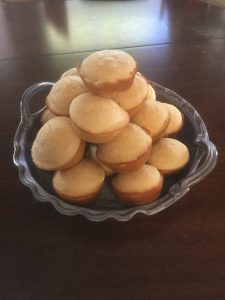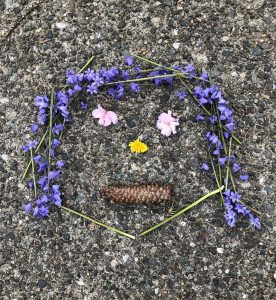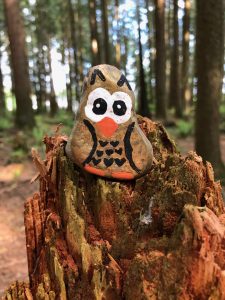
Hello! We hope you have been able to get outside and enjoy the sunshine and warmer weather. Thank you for emailing us samples of your children’s learning. We love to see their creativity and happy faces in the pictures and videos that you send. Below are the Week Seven Activities. Please choose activities that particularly interest your child. Don’t feel that you have to complete all the choices.
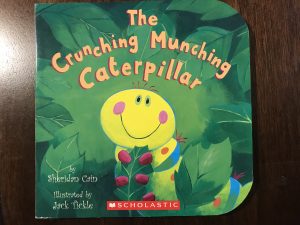
Listen to Mrs. Nero read the story of The Crunching Munching Caterpillar by Sheridan Cain. After you have heard the story think about your favourite part of the story. Draw a picture and write a sentence. Remember to draw a big, bright and detailed picture. Colour your picture with at least 5 colours. Write your sentence using all of the sounds that you remember. Someone at home can help you “sound out” the words with you. They can also scribe your words with you. Remember to send your picture to your individual teacher. We would love to see your creativity and ideas.
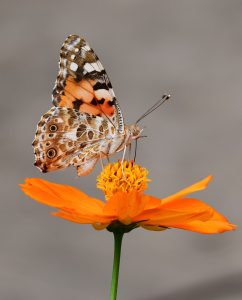
Take a look at the Painted Lady Butterfly tab on our blog. Use your observation skills to carefully see if the caterpillars have changed over the past week. Are they bigger? Have they changed colour? Have they eaten some of the food? Record your thinking in your Butterfly Observation Journal. If you haven’t downloaded a copy yet here is the link to the Journal.
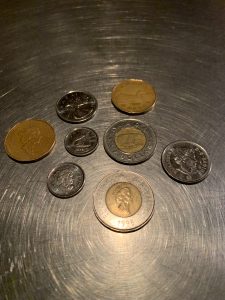
Learn about Canadian coins and their value. Find a nickel, dime, quarter, Loonie, and Toonie at home. Use a piece of paper and crayons to make coin rubbings. Can you name all the coins? Do you know how much each coin is worth? Sing along to the song “Canada In My Pocket“.
Be an architect. If you could live anywhere you wanted, what would your house look like? Architecture is the art of making building. Pretend you are an architect and design you own home! Draw the outside of your house. Make a first floor, a second floor and a roof. Add doors and windows, a garage, a greenhouse for plants, or a tower. If you run out of paper, tape another piece on and keep drawing.
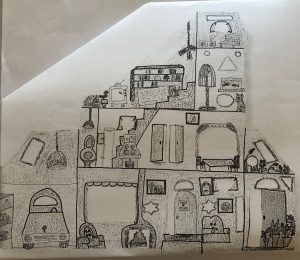
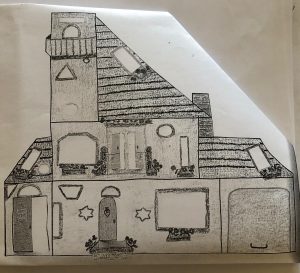
Now flip the paper over and design the inside! Plan what each room will be and draw stairs -or an elevator- furniture, curtains, and decorations.

Sequencing, measuring in volume and counting. Bake a yummy Chocolate Wacky Cake with an adult’s help. Remember to follow each step of the recipe in sequence from beginning to end. Help to scoop and measure the ingredients. Notice the sizes of different measuring tools and how much ingredients they hold. Help to clean up after you have finished.
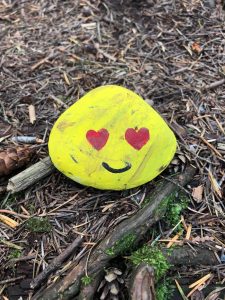
- Visit Starfall to practise the letters and letter sounds. There is so many things to do at Starfall that you can go back all the time for more excitement and learning.
- Continue doing activities from Scholastic at Home. This website is like Starfall. There are many interesting activities to do here.
- Continue to check out the May Music Activities. There are a lot of fun things to do with music.
- Remember to practice your alphabet sounds each day orally with an adult. Try to go through all of the sounds of the alphabet slowly and concentrate on saying each sound just right.
- Try to go out for a walk each day and enjoy the sunshine and fresh air. The weather has been beautiful and walking around in the sunshine is very healthy for you.
- Check out Mrs. Favaro’s ELL Blog. Mrs. Favaro has added some interesting activities for you to do.
- If you want to see something new and learn about plants in the garden then go visit the video made in the Marlborough School garden by Mme Dare. It was Outdoor Classroom Day on May 21st and Mme Dare gives a tour of the school garden. The plants are growing really high and would love for you to have a look at them.
Warmest regards,
Mrs. Lee, Ms. Maratovic and Mrs. Nero
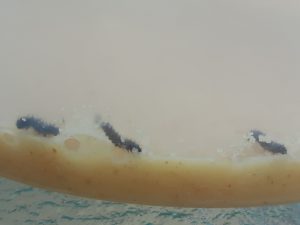
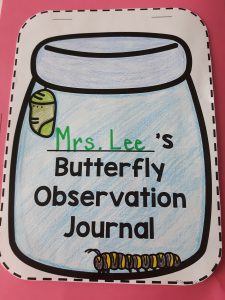
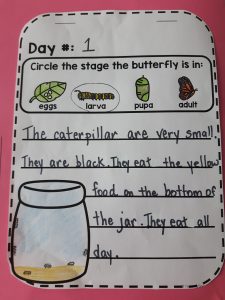
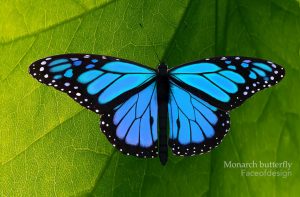
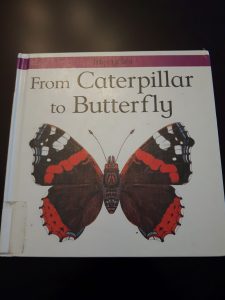
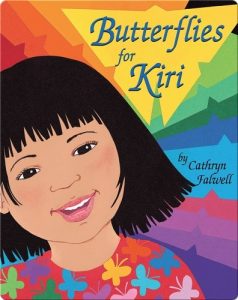
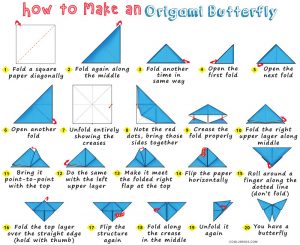
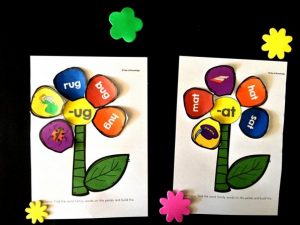
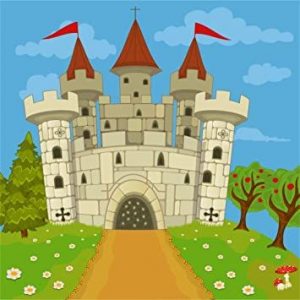

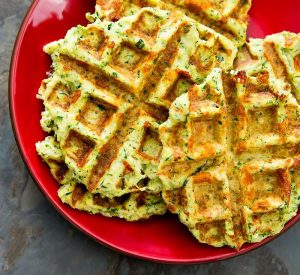
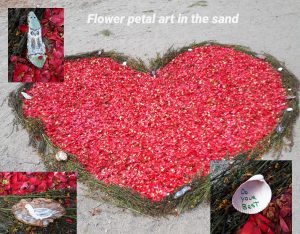 We hope you have been enjoying the beautiful weather and have had a fun and relaxing Mother’s Day! Thank you for sharing pictures of the cards and gifts made with love by your children. They brought joy to us just as they did to you!
We hope you have been enjoying the beautiful weather and have had a fun and relaxing Mother’s Day! Thank you for sharing pictures of the cards and gifts made with love by your children. They brought joy to us just as they did to you!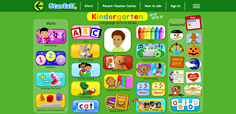


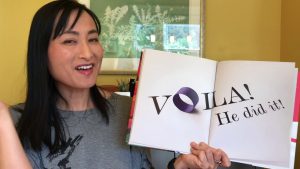
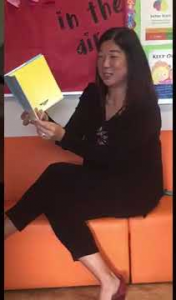
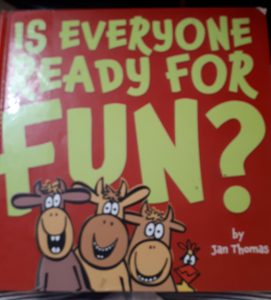

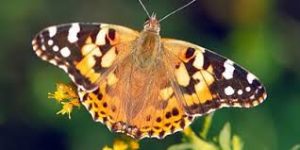 Coming soon to our blog – Painted Lady Butterflies! We are looking forward to our butterfly larvae arriving and observing the butterfly life cycle and learning all about Metamorphosis.
Coming soon to our blog – Painted Lady Butterflies! We are looking forward to our butterfly larvae arriving and observing the butterfly life cycle and learning all about Metamorphosis.